Dhaka, July 7, (V7N) – In a city long plagued by toxic smog and suffocating urban conditions, 2025 has brought a welcome, measurable improvement in Dhaka’s livability and air quality. According to environmental experts and government data, the Bangladeshi capital has witnessed its first sustained decrease in major air pollutants in years — an early but important sign of potential long-term environmental recovery.
Recent reports from the Department of Environment (DoE), academic researchers, and air monitoring platforms indicate that targeted policy reforms, better enforcement, and rising public awareness are finally beginning to shift the trajectory of one of the world's most polluted megacities. However, progress remains fragile, and ongoing structural issues continue to challenge Dhaka’s path to becoming a genuinely breathable, sustainable city.
Air Quality Sees Its First Major Gains in Years
Data from the DoE’s Air Quality Monitoring Report (January–June 2025) shows that Dhaka’s average Air Quality Index (AQI) has improved by approximately 20% compared to the same period in 2022. More significantly, concentrations of PM2.5, the microscopic particulate matter considered most harmful to human health, have fallen by an estimated 30–40% in several densely populated areas, including Gulshan, Farmgate, and Mirpur.
While current PM2.5 levels remain well above the World Health Organization’s annual safety benchmark of 5 µg/m³, Dhaka now averages 45–55 µg/m³ — a marked improvement from the 80–100+ µg/m³ range that dominated recent years. Once routinely topping global pollution rankings, Dhaka no longer consistently leads the list of the world’s most polluted cities on winter mornings.
What’s Driving the Change?
According to environmental researchers and policy analysts, the recent improvements stem from a coordinated combination of government action, regulatory enforcement, technological upgrades, and behavioral shifts. Key factors include:
Electric Vehicle Expansion: Accelerated adoption of electric three-wheelers, battery-powered buses, and the near-total phase-out of two-stroke engines have significantly reduced transport-related emissions.
Regulated Industry and Construction: Brick kilns have been forced to adopt cleaner zigzag technology, construction sites must cover materials and implement dust suppression, and several high-risk industrial units have been relocated.
Urban Greening and Canal Recovery: Government-led tree planting campaigns and the partial restoration of water bodies like Begunbari Canal and the Dhanmondi Lake perimeter have contributed to improved microclimates and pollutant filtration.
Better Waste Management: Increased coverage of formal waste collection services and widespread awareness campaigns have dramatically cut down on the open burning of trash — a major source of toxic smoke.
Public Participation: More residents are checking air quality apps, using protective masks, and participating in clean-up and tree-planting drives. Environmental consciousness is slowly embedding itself into the public mindset.
Beyond the Air: The Broader Livability Outlook
Despite the improvements in air quality, Dhaka’s livability is still weighed down by unresolved challenges. Traffic congestion remains severe. While better signal coordination and new flyovers have eased some pressure, the broader impact of the Metro Rail expansion — expected by late 2025 or early 2026 — is yet to be realized.
Monsoon-related waterlogging continues to disrupt daily life, though several drainage megaprojects under construction hold long-term promise. Pedestrian infrastructure is slowly improving, with some car-free zones piloted in public parks and additional footpaths under construction, but these efforts still fall short of the needs of over 20 million residents.
Noise pollution, largely from traffic and construction, remains consistently high, and green space per capita is still far below global standards.
The Challenges That Persist
Despite the measurable gains, air quality in Dhaka remains unhealthy for most of the year — particularly during the dry season. Several persistent and emerging challenges continue to threaten sustained improvement:
Transboundary pollution, especially from seasonal crop burning in the region.
Widespread use of diesel generators, due to unreliable electricity supply in many neighborhoods.
Non-compliant industries that bypass emissions controls.
Dust pollution from unpaved roads and construction zones.
High population density and ongoing unregulated urban expansion.
Recommendations for Sustaining Progress
To build on current momentum and move from episodic improvement to permanent change, both the government and citizens must act decisively.
Government Priorities:
Accelerate Public Transit Projects: Fast-track the Metro Rail, expand EV charging infrastructure, enforce emissions testing for all vehicles, and promote safe walking and cycling infrastructure.
Strengthen Regulatory Enforcement: Impose strict penalties for non-compliance in industries, construction sites, and waste disposal. Utilize real-time air quality monitoring to guide policy.
Invest in Urban Green Infrastructure: Fund large-scale tree planting, rooftop gardens, vertical green walls, and the rehabilitation of wetlands and urban canals.
Improve Water Drainage and Flood Management: Complete existing projects on schedule and enforce accountability to prevent corruption and mismanagement.
Pursue Regional Cooperation: Collaborate with neighboring countries to address cross-border air pollution, especially from agricultural fires.
Ensure Data Transparency: Expand hyper-local air monitoring and make pollution data easily accessible through mobile apps, public dashboards, and alerts.
Public Responsibilities:
Use Sustainable Transport: Walk, cycle, use public transit, or carpool whenever possible to reduce emissions.
Reduce Generator Use and Save Energy: Embrace energy efficiency and reduce reliance on diesel-based backup power.
Practice Responsible Waste Disposal: Separate waste, compost organics, and report any illegal burning or dumping.
Promote Green Practices: Plant trees in available spaces, use water wisely, and support environmentally responsible businesses.
Stay Informed and Active: Monitor air quality, wear masks on polluted days, and demand action from public officials.
Adopt a Low-Waste Lifestyle: Minimize single-use plastics, reuse materials, and support recycling initiatives.
Looking Ahead: A Fragile But Historic Turning Point
The early signs of recovery in Dhaka’s environment should be seen as a foundation — not an endpoint. Experts caution that the current gains, though unprecedented, are still precarious and reversible. Without continued investment, enforcement, and public engagement, the city risks backsliding into the toxic cycles of the past.
But for now, for the first time in years, the people of Dhaka can look up at clearer skies and breathe a little easier — a hopeful sign that sustained, collective action can shape the future of one of the world’s most challenged urban environments.
Sources
Department of Environment (DoE), Bangladesh – Air Quality Monitoring Report (Q1–Q2 2025)
World Health Organization (WHO) – Global Air Quality Guidelines
Dhaka Clean Air Project (World Bank) – Mid-Year Progress Report 2025
Centre for Atmospheric Pollution Studies (Stamford University Bangladesh) – Air Trend Analysis (2020–2025)
END/AS/SMA/



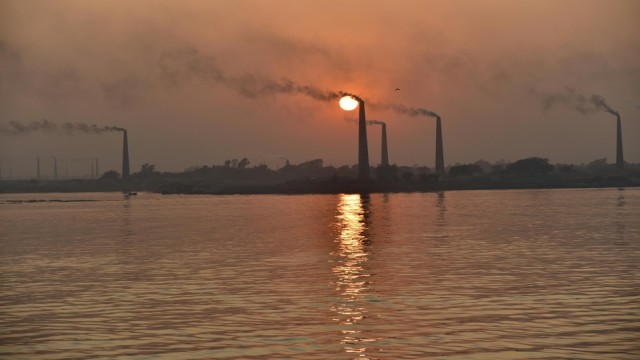
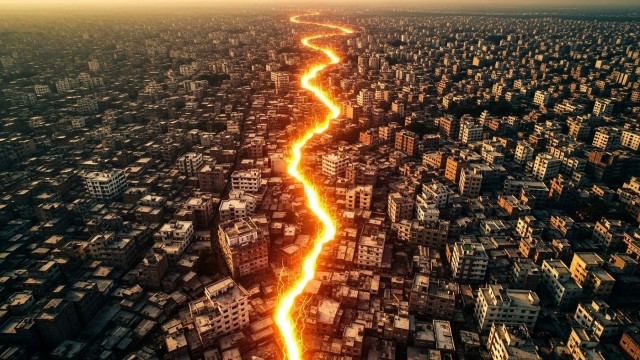
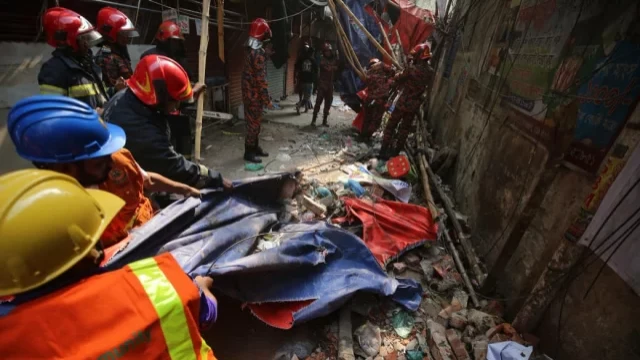
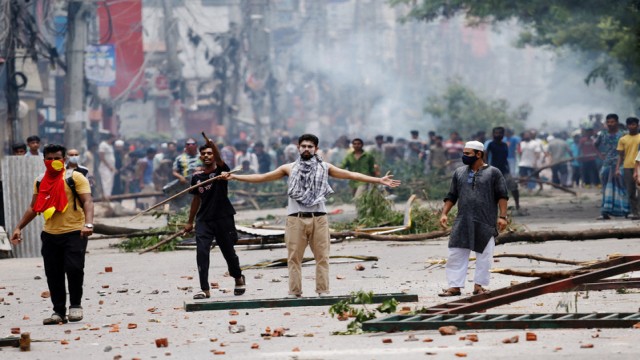
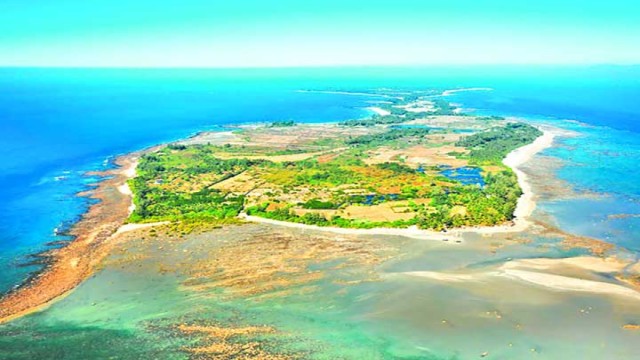
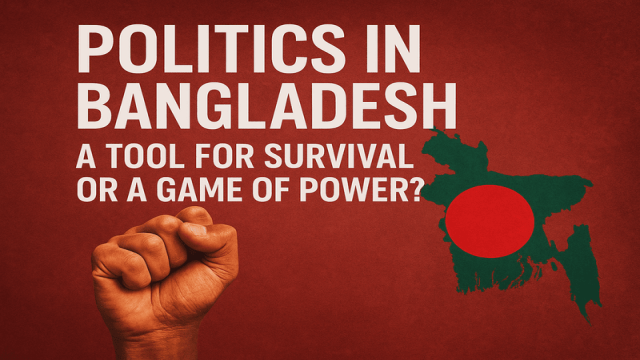
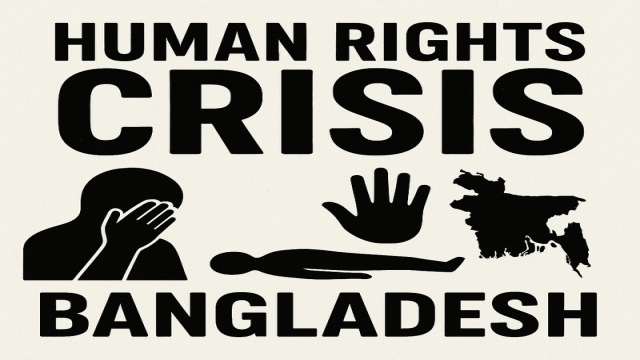

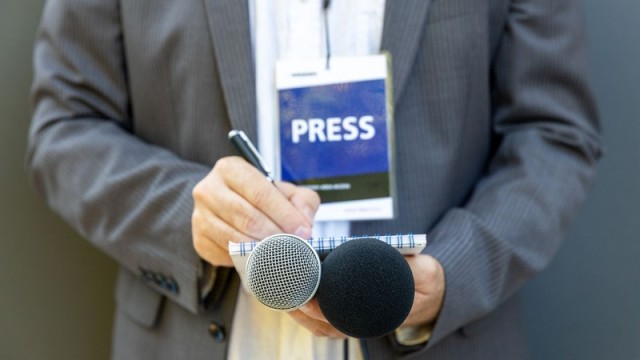
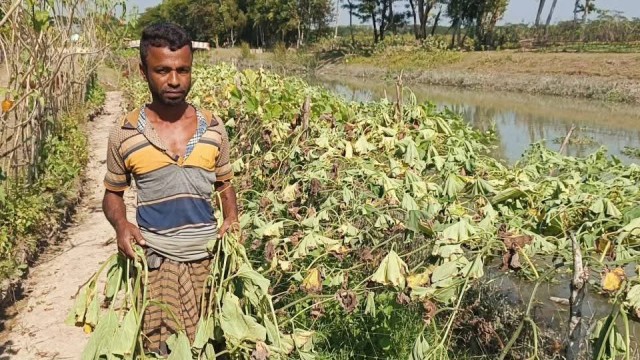
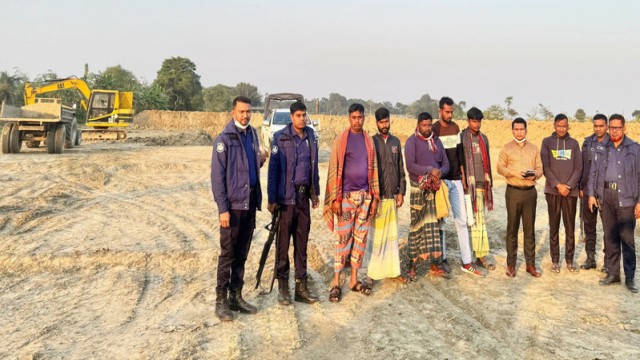
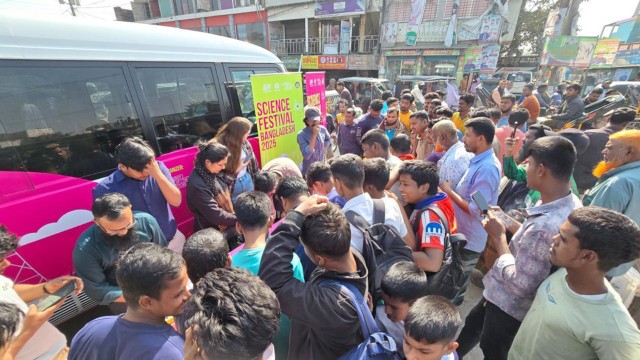
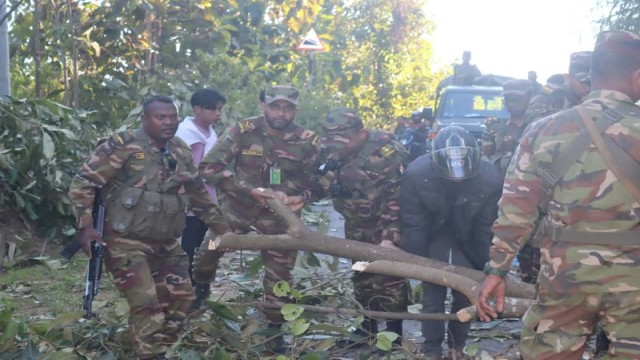
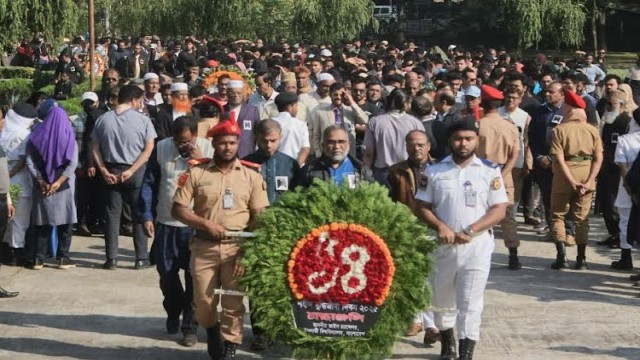

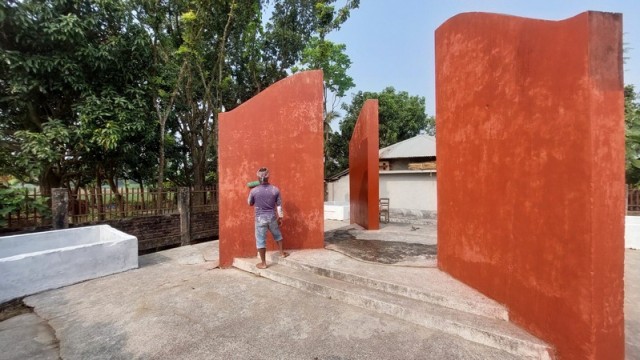
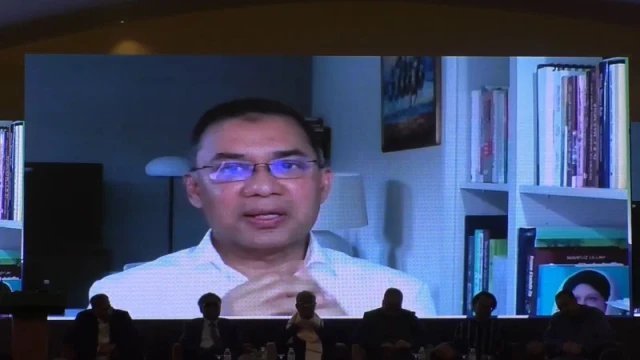


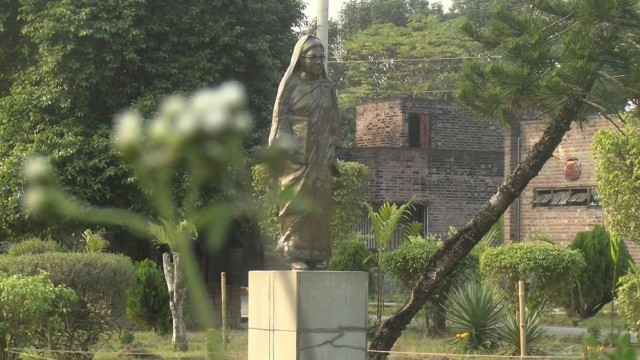
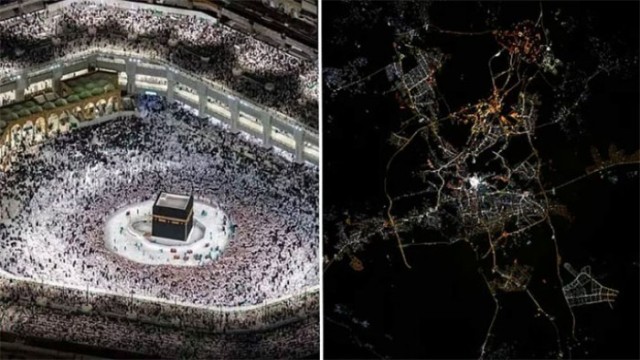
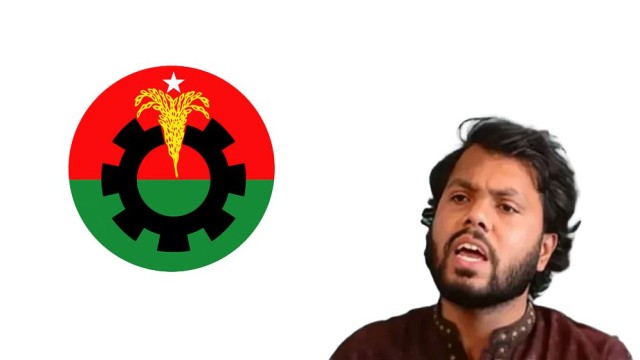

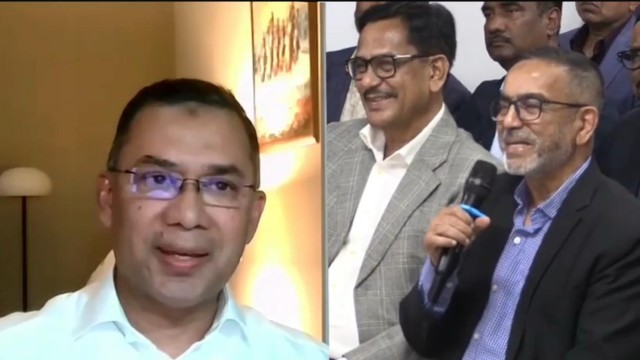


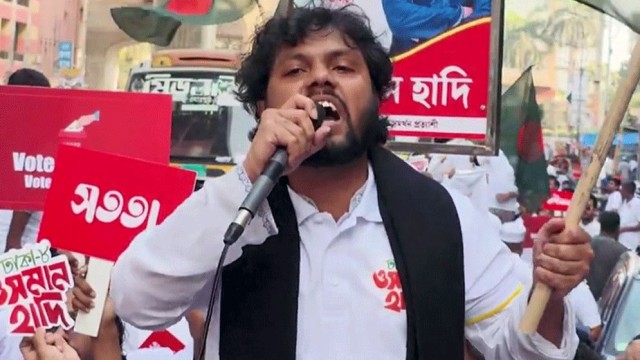
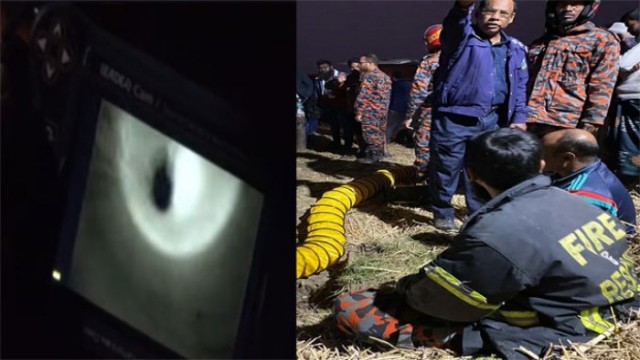
Comment: